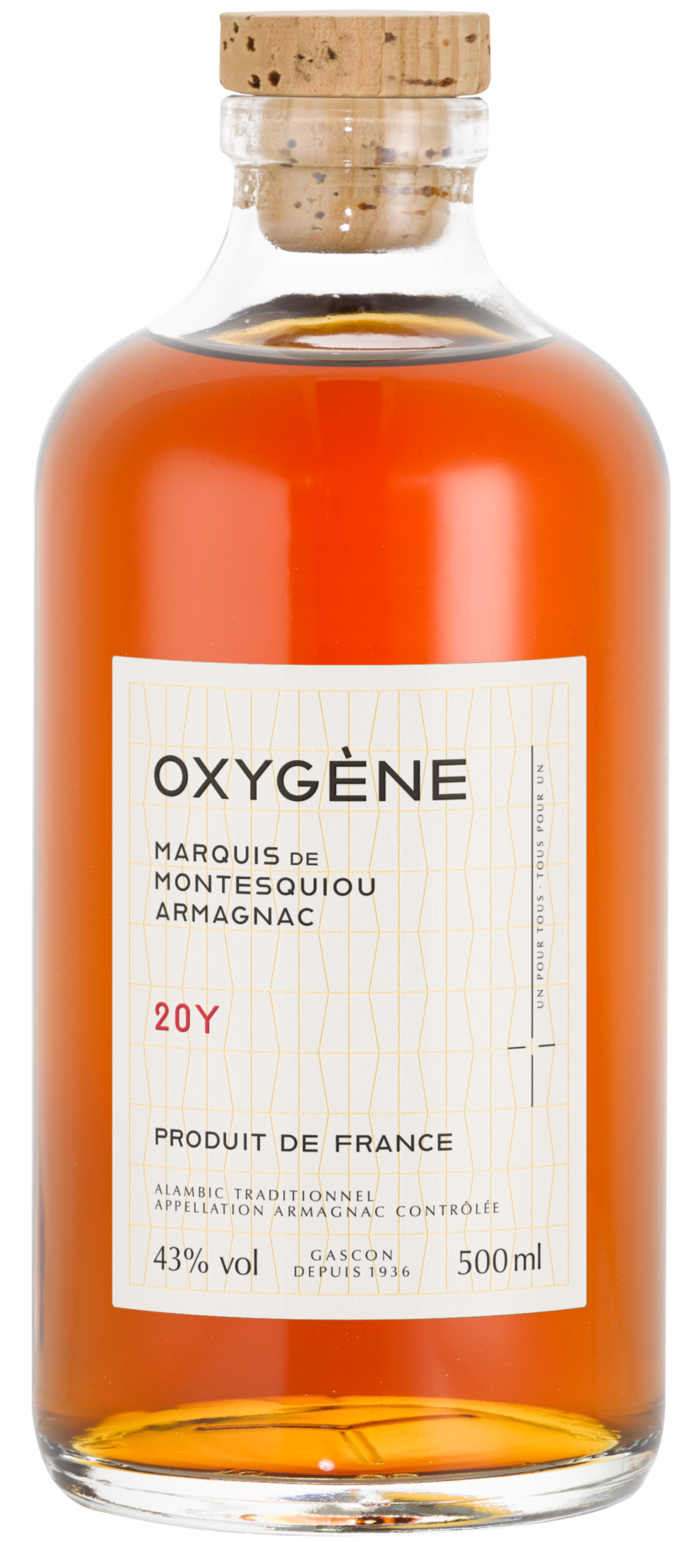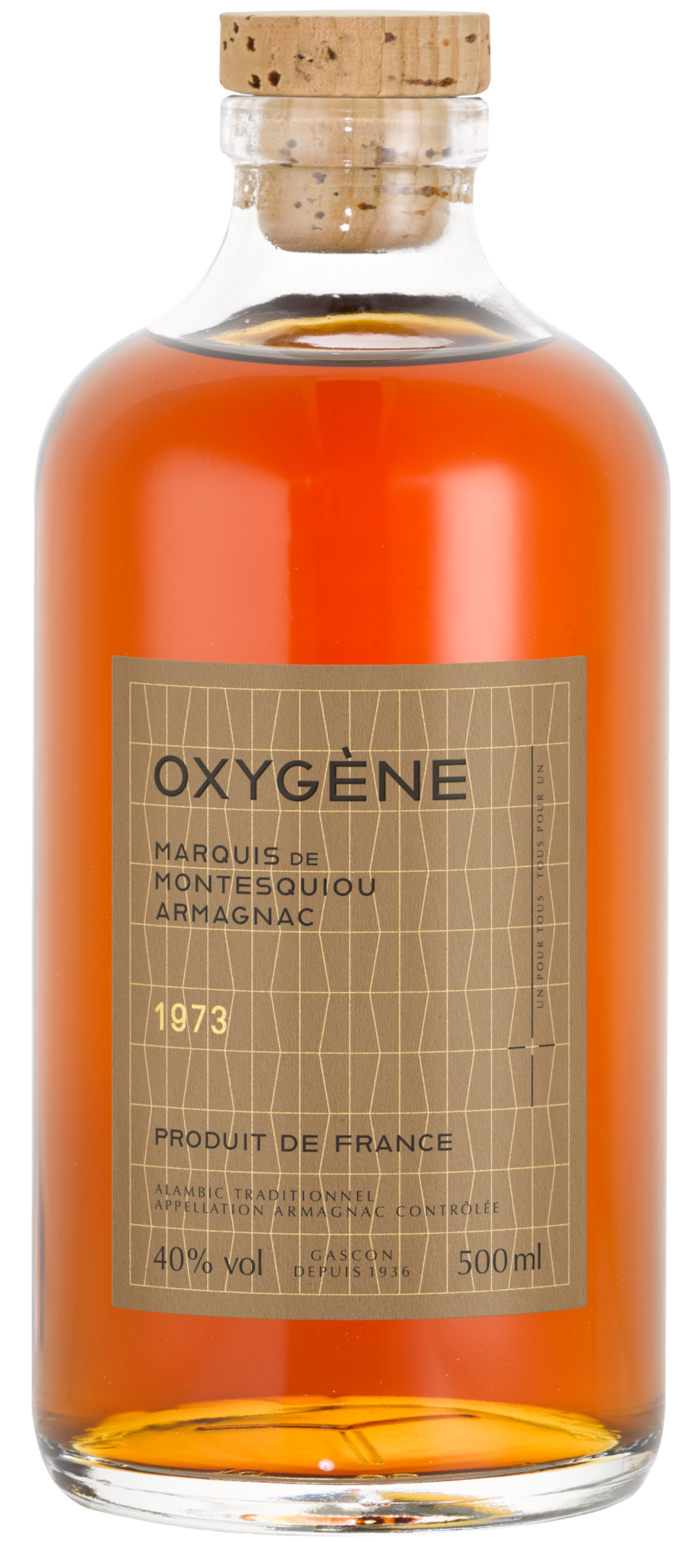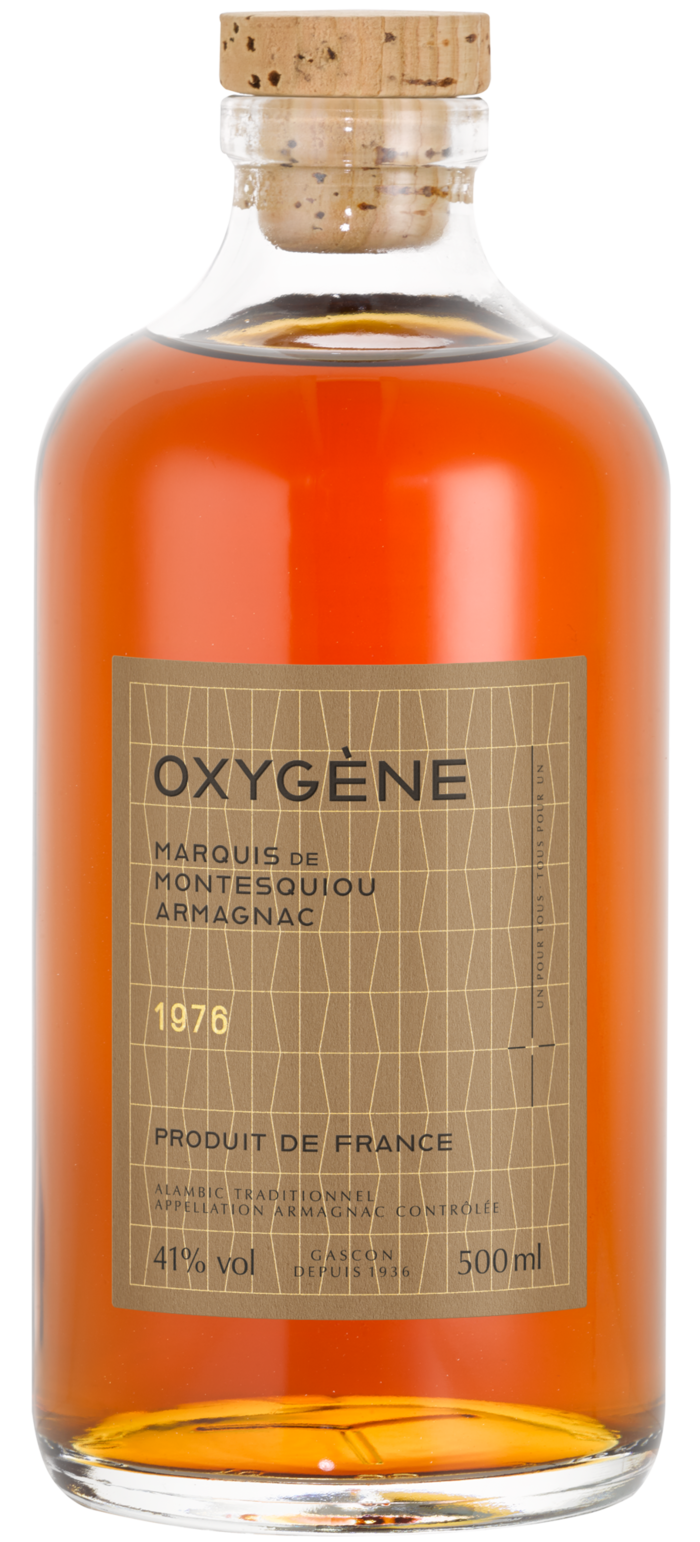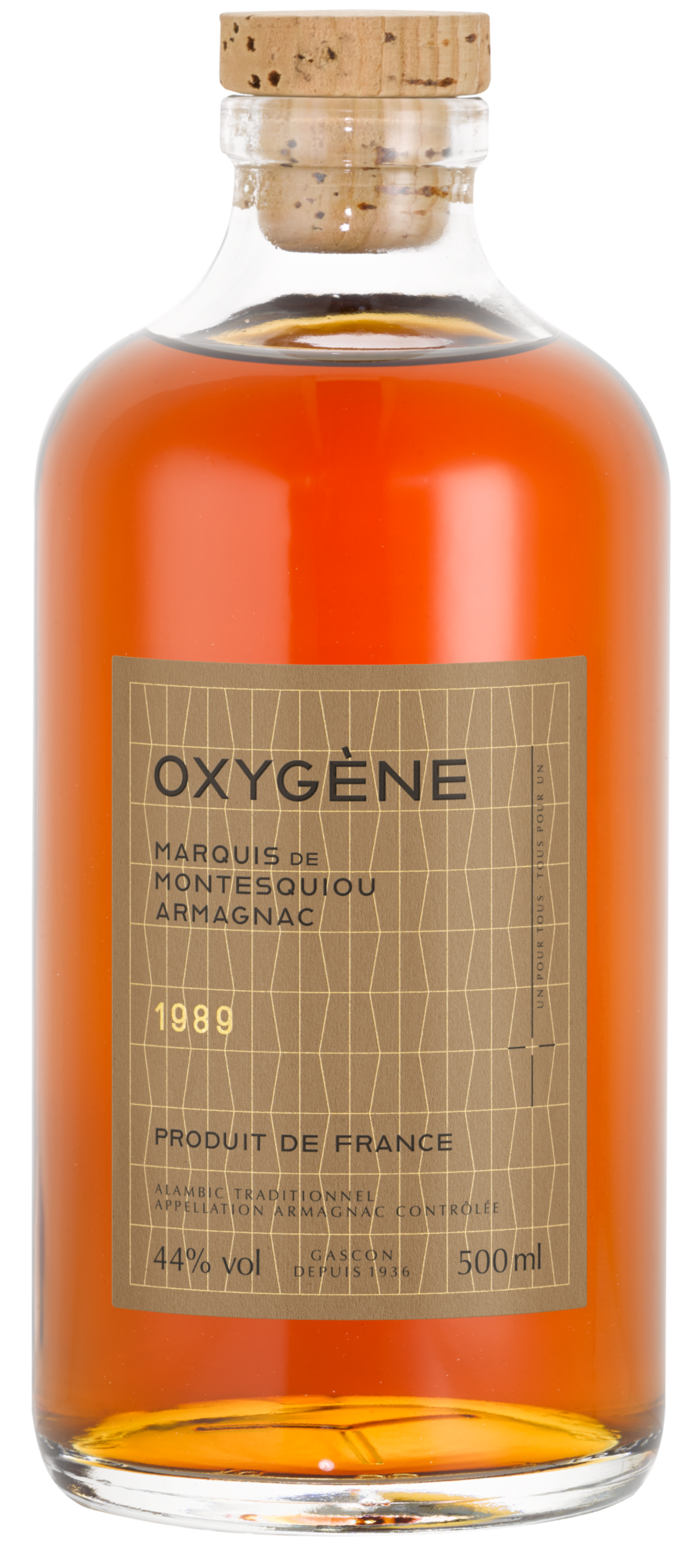Millésime 1973
An armagnac that possesses the depth that comes with being allowed to age for over five decades. With notes of dried fruit, walnut, and a hint of vanilla, this vintage is an homage to extended maturation and traditional artisanry.
What moved the world in 1973: Martin Cooper, an engineer at Motorola, places the first call ever made on a mobile telephone. He rings a rather shocked competitor at Bell Labs while proudly strolling through the streets of New York wielding a bulky device called a DynaTAC. The band KISS also gets its start in the Big Apple, and the World Trade Center opens, as well. Elvis Presley performs his famous Aloha from Hawaii concert, which is broadcast by satellite in over 40 countries around the world. Millions tune in, and it is the most expensive concert ever held at the time.
Bas-Armagnac from the Baco grape variety, grown in the commune of Caupenne d’Armagnac. The 1973 vintage had very favourable harvest conditions, with exceptional weather and near-perfect ripeness for distillation. The wine comes from the cold boulbène soil typical of Gascony, which consists of clay, silt, and sand and produces a floral wine with a remarkable freshness. When grown in boulbènes, Baco delivers smooth, full-bodied eaux-de-vie with ripe fruit flavours (plum, date, dried apricot). They also gain depth (spice and vanilla, with eventual hints of rancio) when aged longer.
An armagnac that possesses the depth that comes with being allowed to age for over five decades. With notes of dried fruit, walnut, and a hint of vanilla, this vintage is an homage to extended maturation and traditional artisanry.
| Vintage | 1973 |
| Region | Bas-Armagnac |
| Municipality | Caupenne d’Armagnac, Gers |
| Grape variety | Baco |
| ABV | 40 % |
| Contents | 500 ml |








